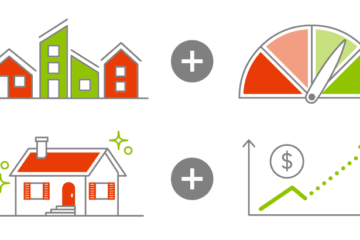Understand Your Options To Avoid Foreclosure
Even though experts agree there’s no chance of a large-scale foreclosure crisis, there are a number of homeowners who may be coming face-to-face with foreclosure as a possibility.
The post Understand Your Options To Avoid Foreclosure appeared first on Keeping Current Matters.… Read More














